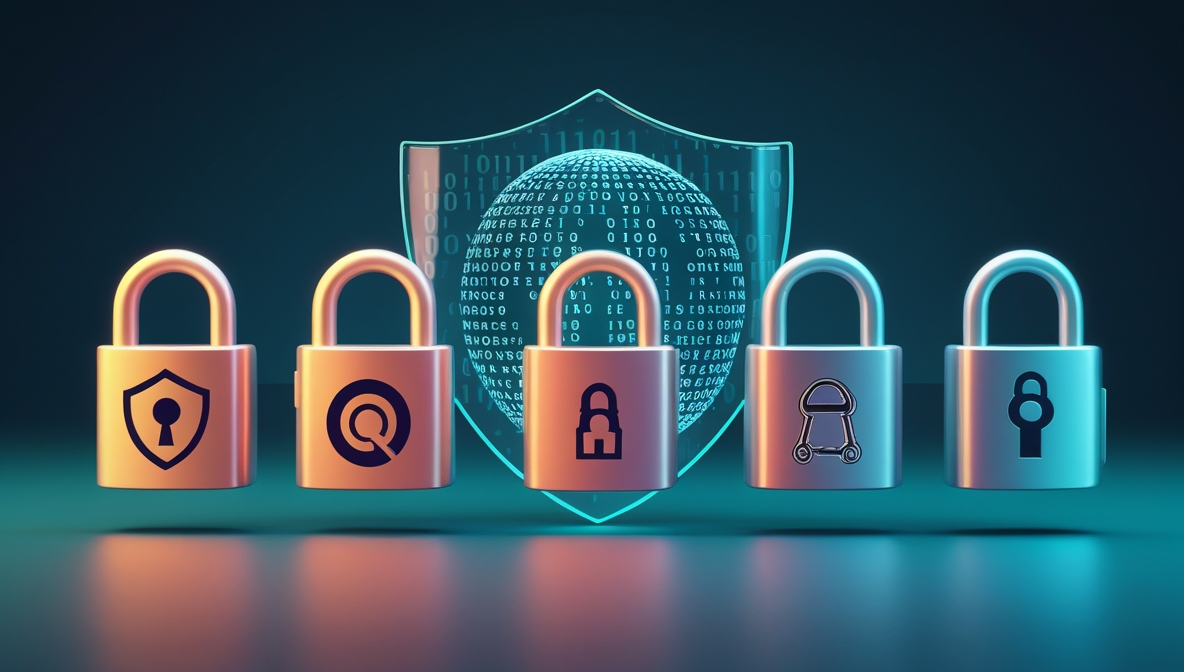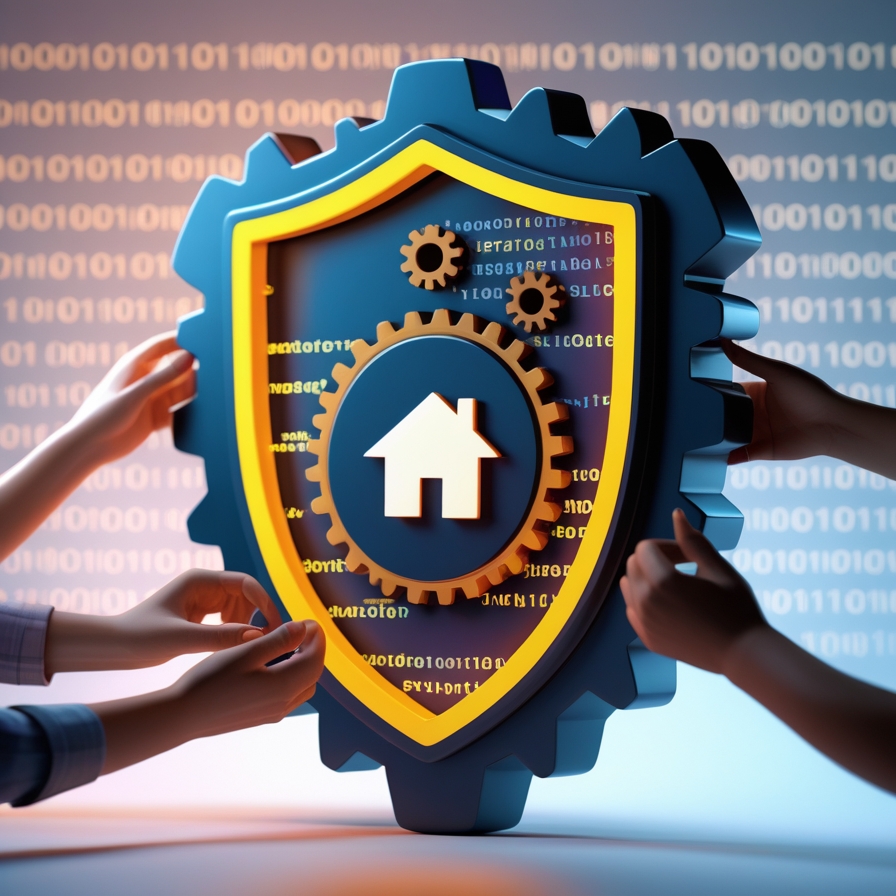In an age where technology is integrated into every aspect of our daily lives, safeguarding devices from physical threats has become more crucial than ever. From smartphones to laptops, tablets to servers, every piece of hardware is vulnerable to physical damage, theft, environmental hazards, and unauthorized access. As a collective of security-conscious professionals, we prioritize device protection as a cornerstone of operational continuity and data security. Below, we explore in comprehensive detail the most effective strategies to protect your devices from physical threats.
1. The Importance of Physical Device Security
Every year, billions of dollars are lost due to device theft and physical damage. While cybersecurity gets the spotlight, physical threats can be just as devastating. Without proactive measures, businesses and individuals risk data breaches, identity theft, and permanent loss of critical information.
2. Securing Devices Against Theft
Use Physical Locks and Anchors
For desktops, laptops, and tablets, physical locks such as Kensington locks are an effective deterrent against opportunistic theft. Securing devices to immovable objects ensures they cannot be quickly grabbed and stolen.
Install Surveillance Systems
CCTV cameras and motion detection systems provide 24/7 monitoring and help identify unauthorized individuals. Modern surveillance systems can also be integrated with cloud services, allowing remote access and alerts.
Maintain Access Control Policies
Restrict physical access to sensitive devices. Implement badge systems, biometric authentication, or keypad locks to ensure only authorized personnel can access critical infrastructure or hardware.
3. Protecting Devices from Environmental Hazards
Use Protective Casings and Enclosures
Devices in transit or exposed to harsh conditions should be housed in shock-resistant, waterproof, and dust-proof cases. This is especially important for field workers, logistics personnel, and industries operating in extreme environments.
Regulate Temperature and Humidity
Devices should be kept in climate-controlled environments. Excessive heat can lead to hardware failure, while humidity can cause corrosion. Use temperature monitors and dehumidifiers in server rooms or storage areas.
Implement Surge Protection
Sudden spikes in electricity can destroy sensitive components. Equip workspaces with uninterruptible power supplies (UPS) and surge protectors to shield devices from electrical damage.
4. Preventing Unauthorized Access
Physically Secure Ports and Drives
USB port blockers and drive bay locks can prevent malicious insiders or visitors from plugging in unauthorized devices or extracting data.
Use Hardware-Based Encryption
Even if a device is physically compromised, self-encrypting drives (SEDs) ensure that the data remains inaccessible without the correct encryption key.
Monitor Physical Access Logs
Maintain digital and physical logs of who accessed certain areas and devices. This helps in conducting audits and investigations in case of incidents.
5. Traveling with Devices Securely
Use Anti-Theft Backpacks and Cases
When commuting or traveling, use luggage with anti-theft zippers, cut-resistant materials, and hidden compartments. Opt for TSA-approved locks and RFID-blocking sleeves to protect against digital pickpocketing.
Never Leave Devices Unattended
Always keep your devices within your sight. Airports, cafes, and public transportation hubs are prime areas for theft. If you must step away, take your device or ask a trusted individual to watch it.
Encrypt Before You Travel
Before taking devices across borders or through unsecured zones, enable full disk encryption. This ensures that even if a device is confiscated or stolen, your data remains protected.
6. Disaster Preparedness and Recovery
Create Redundant Backups
One of the most effective strategies against physical damage is maintaining regular, redundant backups. Use a mix of cloud storage, local hard drives, and off-site backups to ensure data can be restored after loss.
Develop a Device Recovery Plan
Create a step-by-step plan that includes reporting procedures, data restoration steps, and incident response protocols. This reduces downtime and helps teams respond effectively to physical threats.
Invest in Asset Tracking Software
Modern asset tracking systems use RFID tags, GPS, and barcodes to monitor device locations. This is particularly useful for large organizations managing hundreds or thousands of devices.
7. Corporate and Institutional Policies for Physical Security
Train Employees on Physical Security Protocols
Implement mandatory training to help employees understand how to secure their devices physically, including safe storage practices, environmental awareness, and emergency response actions.
Establish a Clean Desk Policy
A clean desk policy minimizes the chances of sensitive documents and devices being left unattended. Encourage employees to secure laptops in lockers or desk drawers when not in use.
Routine Security Audits
Conduct scheduled and unscheduled audits of physical security measures. Inspect lock integrity, review surveillance footage, and verify access control systems are functioning optimally.
8. Protecting Mobile Devices in the Field
Use Rugged Devices for Harsh Environments
In construction, military, or field research, opt for rugged devices certified with IP ratings and MIL-STD certifications. These devices are built to withstand drops, vibrations, and extreme weather.
Enable Mobile Device Management (MDM)
MDM software helps remotely lock, wipe, or locate lost or stolen mobile devices. It also enforces encryption, password complexity, and application restrictions.
Install Tamper Detection and Alerts
Equip devices with tamper-evident seals and software that alerts administrators when unauthorized physical access is attempted.
9. Physical Security in Shared and Remote Workspaces
Secure Home Offices with Smart Technology
For remote workers, use smart locks, video doorbells, and alarm systems to protect devices in home environments. Consider motion-sensor lights and automated alerts for suspicious activity.
Use Lockable Drawers or Cabinets
In co-working or shared office spaces, personal devices should be stored in lockable compartments when unattended. Establish personal responsibility policies for device handling.
Implement Device Check-In/Check-Out Systems
Track company devices issued to employees through a digital check-in/check-out system. This maintains accountability and visibility for each device’s status and location.
10. Conclusion: Make Physical Security a Priority
In today’s hyper-connected world, physical threats to devices are not just a risk—they are a certainty. Whether it’s theft, environmental exposure, or unauthorized tampering, each incident can compromise not just hardware, but also data integrity and organizational reputation. By proactively implementing the strategies outlined above, individuals and organizations can build a robust defense against physical threats, ensuring device longevity and information security.




